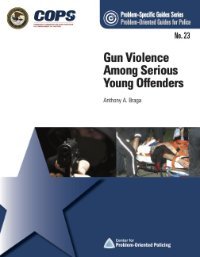By Chelsea Parsons and Rukmani Bhatia
The physical damage inflicted by any particular gunshot is the result of a combination of the firearm used and the ammunition fired. Sometimes, bullets travel through a body like a knife, propelled on a linear path, slicing through tissue and organs. In other cases, the bullet’s path is less predictable. It fragments in the body, ripping apart tissue and blood vessels, smashing bone, and shredding organs along its path. The human cost of America’s gun violence epidemic is visible not just in the overwhelming number of firearm fatalities but also in the radically altered lives of shooting survivors. The devastation of a bullet wound to a human body is often irreparable: Spinal injury leaves survivors paralyzed; blood loss and infections can require amputations; intestinal perforations often result in survivors needing colostomy bags to replace their damaged gastrointestinal tracks. Many gunshot survivors are plagued with a lifetime of chronic pain and suffer premature death from ongoing complications. The current national debate about gun violence is largely focused on firearms: Who should have them? What types of firearms should people be allowed to have? Where and how can they be carried? How should they be sold? Certainly, these are all crucial questions that demand a sustained and serious analysis by policymakers at all levels of government. But often missing from the conversation about firearms are questions related to ammunition—namely, the role of easy access to ammunition and ammunition accessories in the epidemic of gun violence in the United States.
Washington, DC: Center for American Progress, 2019. 37p.





















